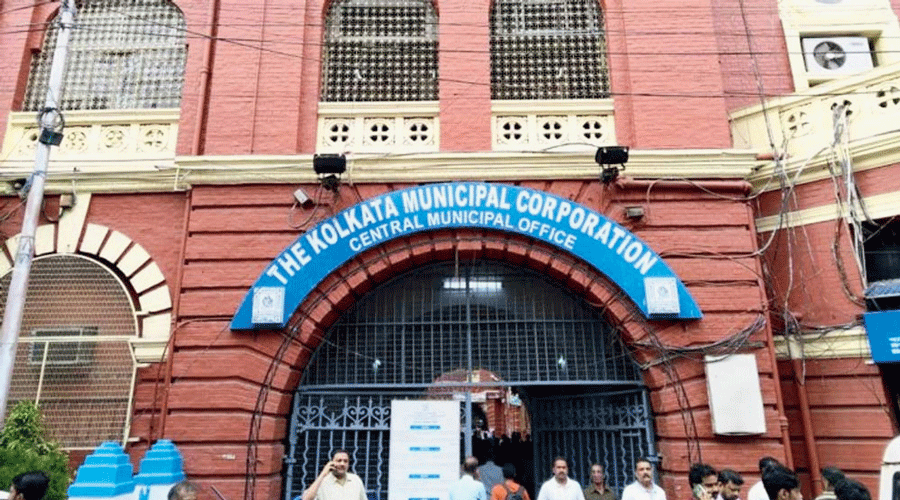Kolkata Municipal Corporation (KMC) will allow construction of additional space in commercial buildings along many arterial roads.
Chittaranjan Avenue, Rashbehari Avenue, Rabindra Sarani, Diamond Harbour Road, Bypass-Park Circus connector, Raja Dinendra Street and Suhrawardy Avenue are among the 141 stretches, where commercial buildings will be allowed the relaxation.
A circular recently issued by the state government said an additional 0.25 floor area ratio (FAR) would be permitted to these buildings.
But architects said the KMC must relax some other parameters like the ground coverage area if it wanted building owners to undertake additional construction.
FAR determines how much floor area can be built on a plot. The higher the FAR, the more floor area can be allowed.
“An additional FAR to the tune of maximum 0.25 may be allowed over and above the FAR permissible under rules 69 and 69A for Mercantile (retail) and Business buildings situated in the areas within development control zone C of Land Use and Development Control Plan published by Kolkata Metropolitan Development Authority,” the circular issued on February 24 by the state municipal affairs and urban development department stated.
Zone C has 141 roads.
The KMC building rules define a mercantile building as one that has shops, stores and markets. A business building has offices, banks and other professional units.
Rules 69 and 69A of the KMC’s building rules determine the FAR to be allowed based on parameters like location and nature of the building.
A KMC official said the thought behind the circular was to promote more business in the city.
Commercial buildings along C zone roads used to get an incentive in terms of FAR but it stopped after the new building rules came into force in 2009, the official said.
“This is a way of giving them back the incentive they used to enjoy. The original plan for the city was to have more commercial buildings along main corridors, but with time, the corridors, too, became residential places. We are trying to promote the thought of having more commercial establishments along arterial roads.”
Developers said many properties could take advantage of the tweak in rules if they fulfilled other conditions, such as open space and foundation.
“FAR in these buildings should be higher because of their contribution to creating business opportunities and employment. However, only those existing properties that have space around them for additional floors will benefit. Moreover, the foundation should allow new construction,” Nandu Belani, president of Credai Bengal, said.
